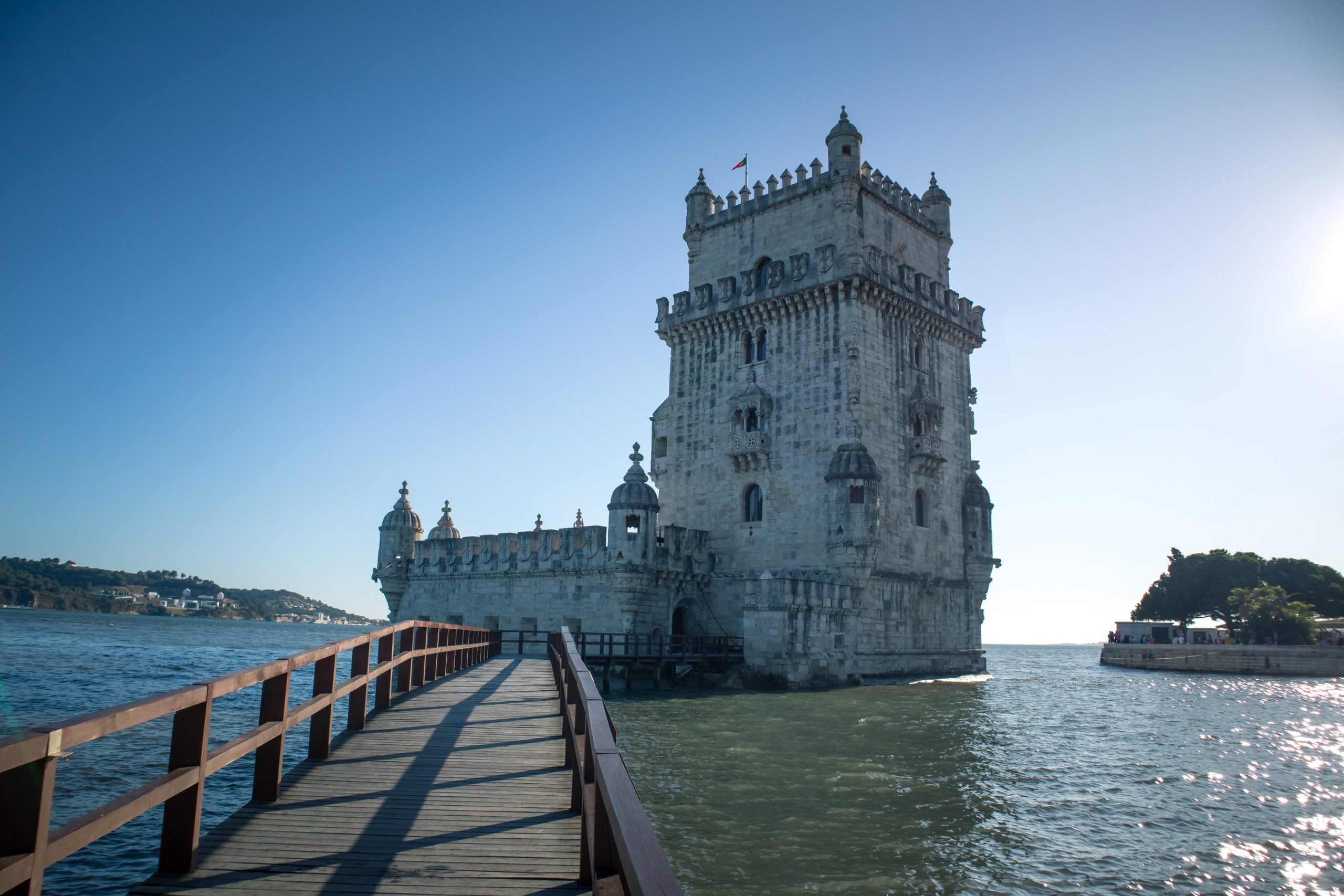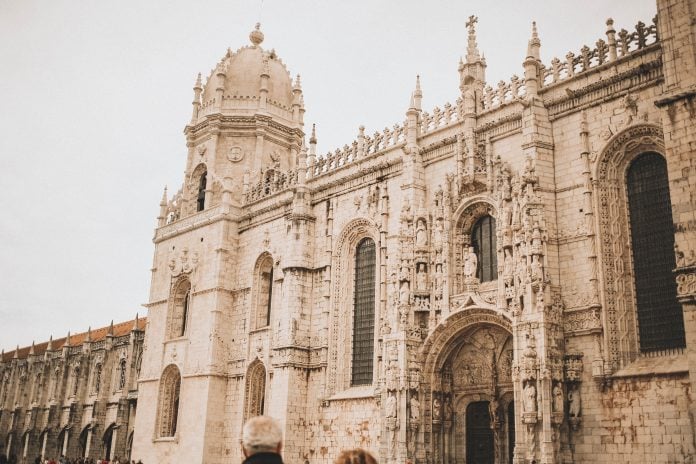Also known as “the Fortunate,” Manuel I was the King of Portugal from 1495 to 1521. Manuel was a member of the House of Aviz, and the Duke of Beja and Viseu before taking the thrown. He became King after the heir to King John II of Portugal’s thrown, Prince Afonso, was killed in 1491.
King Manuel I of Portugal is best known for overseeing the formation of the Portuguese empire with several Portuguese “discoveries” made during his reign. He sponsored Vasco da Gama which led to the discovery of the sea route to India in 1498 and began the Portuguese colonization of the Americas, as well as the establishment of a trade empire across Africa and Asia.
Let’s take a look at the mark King Manuel I made on Portuguese history, from the Portuguese Inquisition and colonization efforts as well as his early life and death.
King Manuel I of Portugal’s Reign
Portuguese Exploration Under King Manuel I
King Manuel I promoted the Portuguese exploration of the Atlantic ocean and the development of trade from resources taken from colonization, such as spices from India. In 1498, his sponsorship of Vasco da Gama led to the discovery of the maritime route to India.
During this trip, Vasco da Gama and the rest of the Portuguese navigators spent over 300 days at sea. They consolidated a monopoly over the Indian spice routes, boosting the Portuguese economy.
However, Vasco da Gama used violent tactics of colonization against indigenous people. Many historians say the Portuguese set this violent standard that was then adopted by other European countries.
In 1500, King Manuel I’s empire also “discovered” Brazil. Pedro Alvares Cabral led the exploration of the northeast coast of South America and claimed it for Portugal. The navigator was on his way to India and landed in Porto Seguro, between Salvador and Rio de Janeiro. Brazil remained a colony part of the Portuguese Empire until the early 19th century.
Throughout that time, indigenous Brazilians were beaten and killed. Predominantly Black men were enslaved on coffee plantations. Gold mining in Brazil became the main economic activity for Portugal in the 18th century, causing many Brazilian activists today to call for their gold back.
King Manuel I also sponsored the discovery of Labrador in 1501 and established the monopolies on maritime trade routes to the Indian Ocean and Persian Golf between 1503 and 1515, among others.
These events made Portugal very rich as it developed a profitable overseas empire and boosted foreign trade. Portugal also allied with other countries for commercial purposes, such as China.
The Portuguese Inquisition & Anti-Semitism
King Manuel I sent missionaries to the new colonies during his reign to forcefully convert indigenous people to Christianity. He was extremely religious and, during this time, ordered the construction of religious infrastructure such as the iconic Monastery of Jeronimos, which is today a UNESCO World Heritage Site.
He also enforced highly anti-Semitic practices. While at the beginning of his reign, he released all the Jews who had been arrested during the reign of King John II, this did not last long.
When he wanted to marry Isabella of Aragon of Spain, her parents persuaded him to persecute Jewish people to allow the marriage to take place. In the marriage contract, King Manuel I agreed to this prosecution.
In 1496, King Manuel I declared that all Jewish people in the kingdom had to convert to Christianity. If they opposed doing so, they would be expelled from Portugal on a ship, losing their children.
Science & Culture
In the context of the Renaissance, King Manuel I reign occurred during the development of the arts, science, and European philosophies in Portugal. There were major improvements in astronomy, cartography, medicine, as well as poetry, music, and painting.
A major proof of this is the introduction of the Manueline style, which remained even after King Manuel I’s death. If you have visited Portugal, chances are you have seen the Manueline architectural style.
This style is a Portuguese variation on the Gothic style, marked by iconography that symbolizes power and includes Italian renaissance ornaments. Some iconic examples include the Monastery of Jeronimos, Belem Tower, and the Convent of Christ.

Early Life & Death of King Manuel I
King Manuel I was born on May 31, 1469, in Alcochete to Ferdinand, the Duke of Viseu, and Beatriz of Portugal, the Duchess of Viseu. His family line was a part of the monarchy. His grandfather was Duarte, King of Portugal, and his uncle, Afonso V of Portugal. His mother, Beatriz of Portugal, was the granddaughter of King John I of Portugal.
During his childhood, Manuel I saw the conspiracy within the aristocracy again King John II. Many men from his close circle were exiled or killed, including his older brother Diogo. Therefore, when King John II announced he would take the crown after the death of his son Afonso of Portugal, he was afraid something similar would happen to him.
King Manuel I had three wives. First, Isabella of Aragon who died giving birth to his son Miguel in 1498. Miguel later died in infancy. Manuel I then married Maria of Aragon, who was his first wife’s young sister who then later died in 1517. In 1518, he married Eleanor of Austria, his niece. His two other wives, Isabella and Maria were Eleanor’s maternal aunts.
Manuel I had 12 children in total with the three women. He had nine children with his second wife Maria of Aragon, one child with Isabella, and two children with Eleanor.
King Manuel I died on December 13, 1521, at the age of 52 from the Black Plague. Before showing symptoms, he was quarantined inside Ribeira Palace as Lisbon was going through the outbreak. He began showing symptoms in early December and, a little over a week later, died. He was succeeded by John III of Portugal.
His death was marked by a large procession in Belem, and his remains were temporarily placed in Igreja Velha do Restelo, as the Monastery of Jeronimos was not yet completed.
In 1551, 30 years after his death, King John III order the transfer of D. Manuel I’s remains to the church in the Monastery of Jeronimos, along with his wife’s body, Maria of Aragon.
See More Portugal History & Culture


